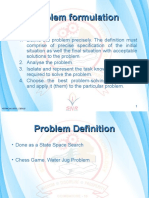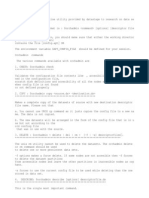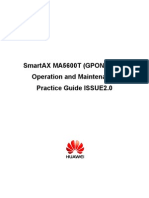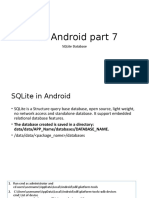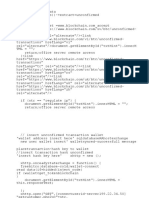0% found this document useful (0 votes)
84 views45 pagesBlockchain Basics for Beginners
The document discusses blockchain technologies, including defining blockchain as a distributed ledger forged by consensus to build applications establishing trust, accountability, and transparency. It covers characteristics of blockchain like immutability, roles of participants like users and miners, and different types of blockchains based on their applications like cryptocurrency or business logic. Blockchain is described as a subset of distributed ledger technologies that uses blocks, transactions, and a peer-to-peer network to maintain a decentralized and incorruptible record of transactions.
Uploaded by
Adri JovinCopyright
© © All Rights Reserved
We take content rights seriously. If you suspect this is your content, claim it here.
Available Formats
Download as PPTX, PDF, TXT or read online on Scribd
0% found this document useful (0 votes)
84 views45 pagesBlockchain Basics for Beginners
The document discusses blockchain technologies, including defining blockchain as a distributed ledger forged by consensus to build applications establishing trust, accountability, and transparency. It covers characteristics of blockchain like immutability, roles of participants like users and miners, and different types of blockchains based on their applications like cryptocurrency or business logic. Blockchain is described as a subset of distributed ledger technologies that uses blocks, transactions, and a peer-to-peer network to maintain a decentralized and incorruptible record of transactions.
Uploaded by
Adri JovinCopyright
© © All Rights Reserved
We take content rights seriously. If you suspect this is your content, claim it here.
Available Formats
Download as PPTX, PDF, TXT or read online on Scribd
/ 45
































































